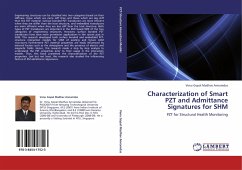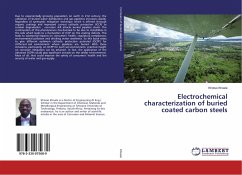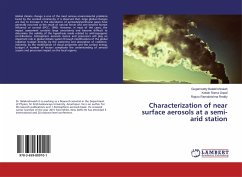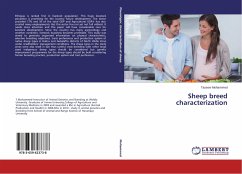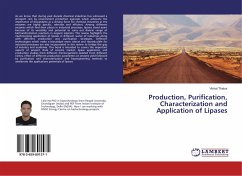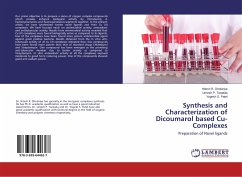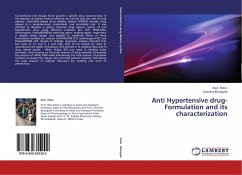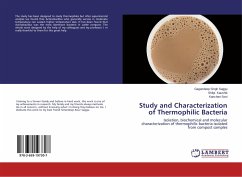Engineering structures can be classified into two categories based on their stiffness, those which are more stiff than and those which are less stiff than the PZT material. Surface bonded PZT transducers are more efficient when they are stiffer than the host structure, and embedded transducers are more efficient when they are less stiff than the host structure. Both types of PZT transducers are important in the EMI based NDE of the two categories of engineering structures. However, surface bonded PZT transducers have seen more prominent applications in the recent past in SHM. This research developed both surface bonded and embedded PZT- structure interaction models for SHM of existing and future ACM structures. Furthermore PZT material properties are easily influenced by external factors such as the atmosphere and the presence of electric and magnetic fields. Hence, this research made a step by step analysis to understand the PZT properties prior to their usage in the interactionmodels. Thus, this book presented the characterization of the PZT properties. Last but not least, this research also studied the influencing factors of EM admittance Signatures.

